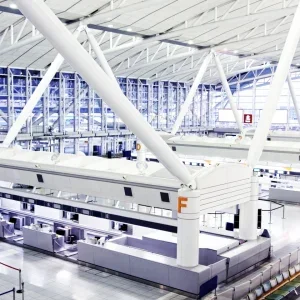Changes to British air traffic control are saving one million tons of CO2 every year, according to the UK’s main air navigation service provider. NATS claims that a combination of more direct routes and improved vertical profiles, more efficient procedures and advances in technology add up to annual fuel savings worth more than £115m.
The figures, which represent an average 4.3% reduction in CO2 per flight, can be attributed to more than 300 efficiency-driven changes over the past six years, the company says. These include more flexible use of unused military airspace, the introduction of GAATS+ (the tools that allow controllers to offer airlines the most efficient altitudes across the North Atlantic) and increased access to and awareness of environmental data.
"Getting to this point has been very challenging. It’s taken significant effort, some innovative thinking and collaborative working with our customers and neighbouring air traffic service providers," says Ian Jopson, NATS head of environment and community affairs. "We set ourselves these targets as part of our environmental programme because it is the right thing to do for the environment and our airline customers in terms of cutting their fuel bills."
NATS hopes that worth £600m worth of investment in new air traffic control technology as part of a wholesale redesign of UK airspace over the next five years will bring further savings and environmental benefits.




